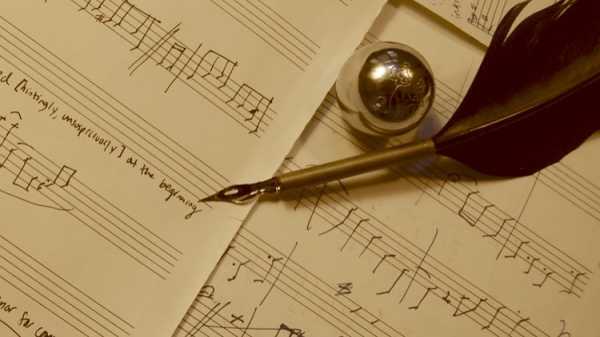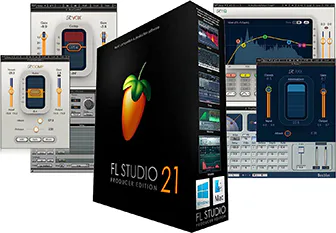Music Composition Techniques 2 TUTORiAL
P2P | March 10 2017 | 1.15 GB
Tension and Release
When most people think of a composer, they imagine someone sitting in a dusty attic with a grand piano, big white wig, and the year is 1800. That might have been accurate back then, but the modern composer is just like you and me. In fact, I am one. In this course I’ll show you techniques I use for writing music in a variety of styles and situations. I’ve worked with major American orchestras, film studios, and video game designers, so I’ve got more than a little experience. I’m also a PhD in music composition and a university professor (of music composition).
Recently I was named as a semi-finalist for the Grammy Foundation’s Music Educator of the Year award because of my in-person university classes. Now I’m taking those classes to Udemy in an online format in order to reach more students, and give them the joy of Music Theory.
I’m planning on making several “sections” of this class, and this is Part 2. As the class grows, we will go deeper and deeper into my techniques. This class is focused on the creating a sense of Tension and Release: one of the most fundamental concepts in music composition.
In this class, we will cover:
•My background, and listen to some of my music
•Why Tension and Release?
•Tools of the trade: Software
•Tools of the trade: Pencils and fine paper
•Long Term and Short Term Tensions
•Using Form for Tension and Release
•Forms that Create Drama
•Sonata Form
•The 4 Elements of Form
•Example: Mozart, Moonlight Sonata
•Composing with Sonata Form
•Modern Uses of Sonata Form
•Example: Muse, Butterflies and Hurricans
•Tension and Release with Meter
•Compound Meters
•Meter Signatures
•Alternating Compound and Duple Meters
•Using Rhythm for Altering Expectations
•Rhythmic Patterns
•Pattern Obfuscation
•Example: Philip Glass, Truman Show Soundtrack
•Example: Allen, Aporia
•Using Harmony for Tension and Release
•Consonance and Dissonance
•Prolonging Dominant
•Emphasized Resolution
•Pedal Tones
•Moving “Pedal Tones”
•Example: Aphex Twin, Ventolin
•Combining Multiple Techniques
•Example: Mozart, Sonata in C
•Example: Allen, Angel of Repose
•Film Music and Tension Cues
•Composing for Films
•Any much, much, more!INFO/DEMO: http://bit.ly/2maxlaw
3865 Views
Music Composition Techniques 2 TUTORiAL
https://beelink.pro/31546/Music-Composition-Techniques-2-TUTORiAL.htmlTags:
Categories:
Submit a Comment or Report Broken Links:




